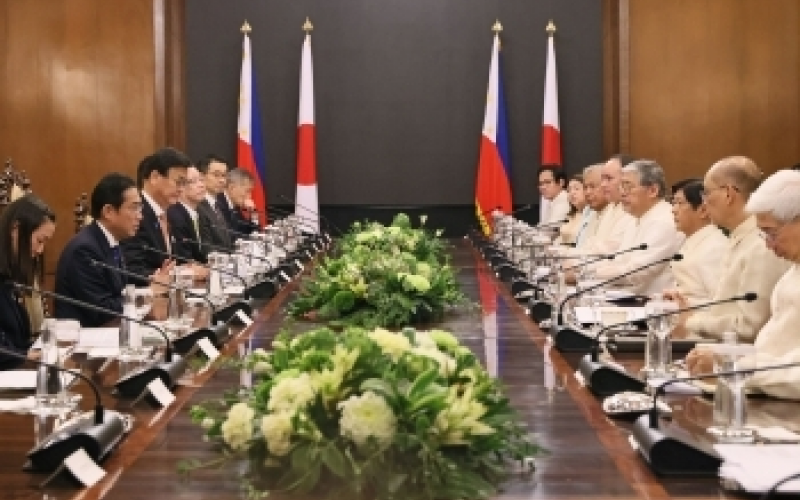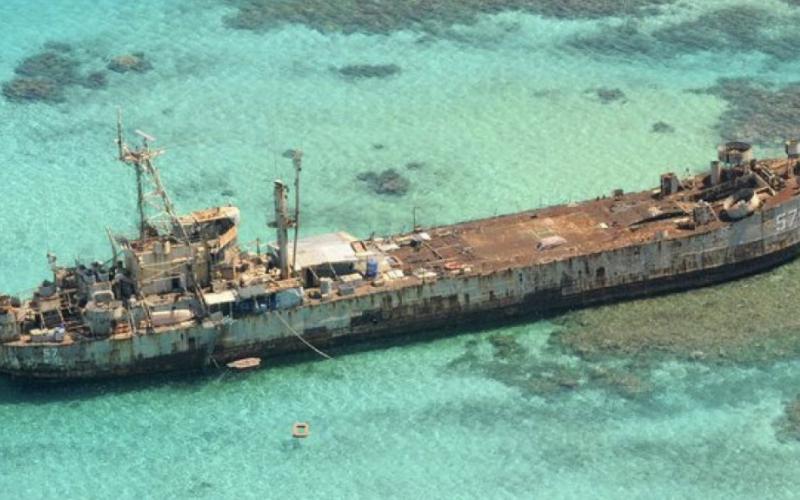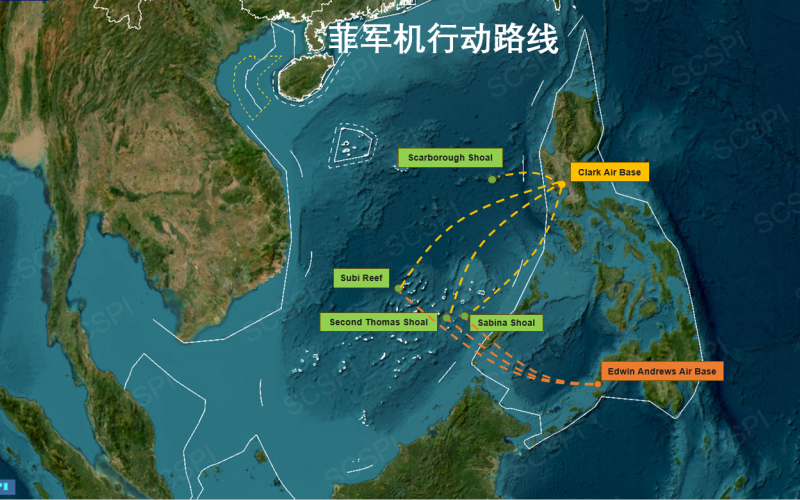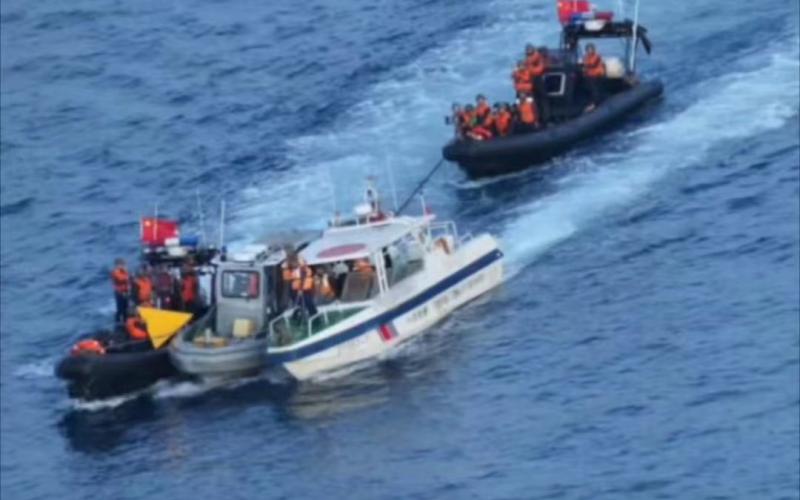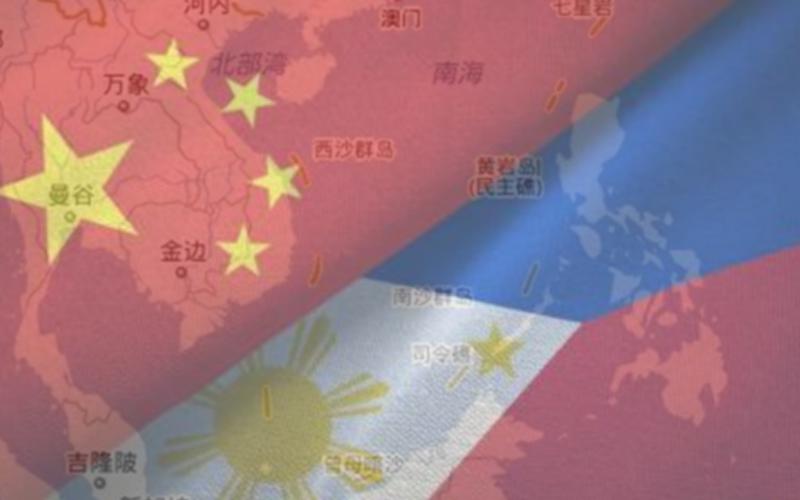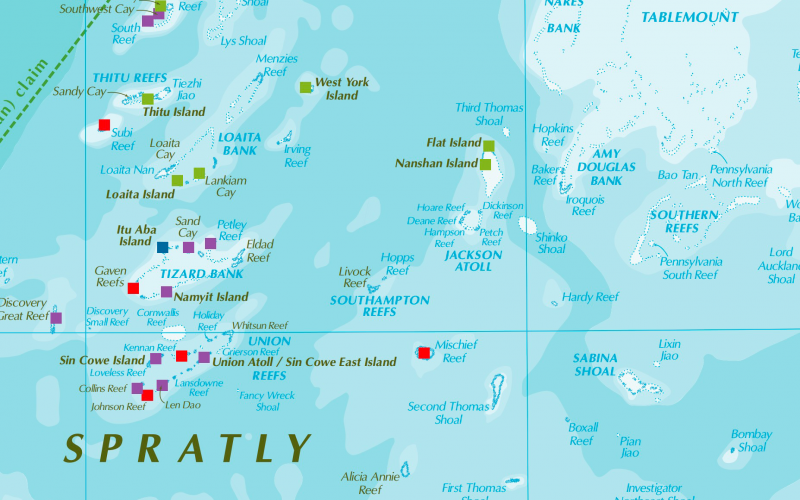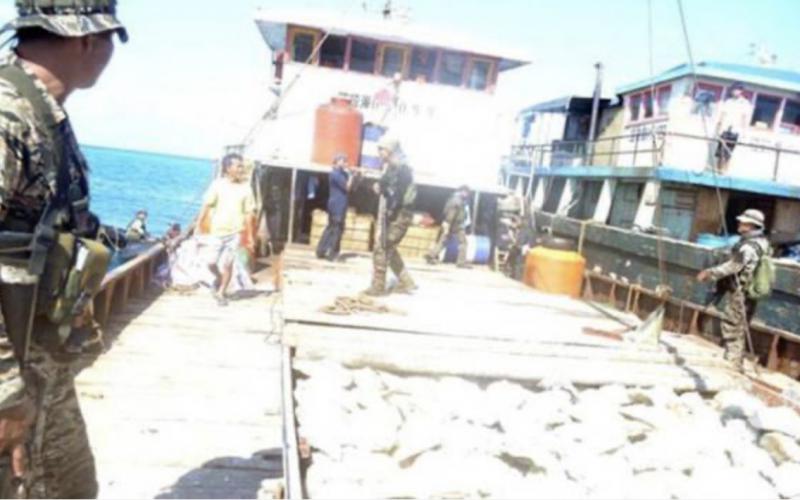MILITARY POSTURE
2024-10-30 | BY SCSPI
In MDA, the Philippines heavily relies on external support whether on equipment, platforms, systems or data. Despite acquiring quite a few new equipment, platforms and programs in recent years, a cohesive capability has not formed yet, leading to struggling progress.
2024-10-28 | BY Zheng Zhihua, Yan Pan
The Philippines is attempting to exploit the legal ambiguity to advance its territorial expansionist agenda by issuing contradictory statements regarding 'a commissioned warship,' 'a permanent station,' and 'low-tide elevation that cannot be be appropriated or subjected to sovereignty claims'. This strategy to disguise its territorial expansionist intentions by exploiting legal ambiguity is simply an attempt to conceal its true motives. Such disingenuous behavior must be scrutinized and addressed.
2024-09-26 | BY SCSPI
In recent years, driven by US attempts to “contain China” using maritime disputes, tensions in the South China Sea have escalated. The intensification of certain disputes has attracted significant international attention. However, current frictions mainly exist among some disputing parties, and any relevant disputes have not affected other countries’ navigation and overflight freedoms in the South China Sea. China-US militaries’ interactions and encounters in the area are generally professional and safe. The impact of great power competition on navigation and overflight freedoms in the South China Sea remains manageable. The primary threats to maritime navigation are non-traditional security factors such as geographical obstacles, natural disasters, unbalanced development, piracy, and armed robbery against ships, which have long been overlooked and lack due attention.
2024-09-13 | BY SCSPI
At the moment, because of the Philippines’ insistence on changing the status quo, maritime friction and collisions between China and the Philippines have become increasingly common. Simultaneously, with the Philippines escalating aerial provocations, the risks of aerial encounters and tensions are also rising, necessitating close attention and vigilance.
2024-07-12 | BY Hu Bo
On June 17, 2024, the Philippines sent 6 vessels, including 1 supply ship and 2 inflatable boats, to the waters of the Second Thomas Shoal, Spratly Islands, attempting to deliver supplies to the grounded ship Sierra Madre. Unlike previous resupply operations led by the Philippine Coast Guard, this one was directly commanded by AFP Western Command and led by the Philippine Marine Corps, marking an unprecedented escalation. In response, the China Coast Guard took lawful measures to intercept, inspection by boarding, and expel the Philippine vessels that intruded into Second Thomas Shoal waters, as well as confiscated weapons and other non-essential supplies. Multiple collisions occurred between vessels from both sides, leading to close confrontations far exceeding the intensity of previous standoffs, making it the most severe friction in the South China Sea in the past decade. This incident generated significant attention worldwide.
2024-03-26 | BY Lei Xiaolu
Currently, much attention has been attracted by the tensions between China and the Philippines in the South China Sea. The recurrent provocative activities of the Philippines in the Scarborough Shoal (Huangyan Dao), Second Thomas Shoal (Ren’ai Jiao), and Sandy Cay (Tiexian Jiao) encountered a firm response from the CCG at sea. Some commentators are worried about the possibility of the...
2024-03-21 | BY SCSPI
In 2023, the US military continued to strengthen its military deterrence against China, maintaining high-intensity activities including close-in reconnaissance operations, Taiwan Strait transits, forward presence, strategic cruising, military exercises and drills, and battlefield preparation in the South China Sea and its surrounding areas. Around 1,000 sorties of large reconnaissance aircraft conducted close-in reconnaissance, frequently approaching Chinese mainland airspace. Carrier strike groups (CSGs) and amphibious ready groups (ARGs) entered the South China Sea eight times, with increased duration, and training intensity. At least 11 nuclear attack submarines (SSNs) and two ballistic nuclear missile submarines (SSBNs) appeared in the region, signifying a clear intent for deterrence. Additionally, both joint operations with allies and partners and the use of unmanned systems were prominent among the US military activities in the South China Sea in 2023.
2024-01-10 | BY Zheng Zhihua
The grounding of the BRP Sierra Madre was publically acknowledged as accidental and temporary in nature. Since 2010, the Philippines has attempted to reinforce and refurbish the BRP Sierra Madre, and has consistently caused incidents in violation of the DOC's obligations for all parties to exercise restraint and refrain from occupying uninhabited features. It is attempting to unilaterally alter the status quo at Second Thomas Shoal. Manila claim that "Philippines has been in long, continuous, peaceful, uninterrupted, and effective possession of the shoal under international law" is a complete falsehood.[8] At present, there are still over a hundred uninhabited and features in the Spratly Islands. If the Philippines flagrantly violates this commitment, it could trigger a new wave of occupation activities, exacerbate tensions and chaos in the South China Sea, and significantly impede negotiations for a code of conduct in the region.
2023-12-28 | BY Lei Xiaolu
Currently, the China-Philippines relationship is at the crossroads. In 2023, the Philippines undertook a major shift in its orientation of the South China Sea policy. The Philippines and the US strengthened the military and paramilitary cooperation in the region, announcing 4 additional military sites under the 2014 EDCA and conducting joint patrols and joint exercise in the South China Sea. Despite this, the Philippines becomes more provocative at the sea.
2023-09-25 | BY Fu Ying
Recently, the Philippine Coast Guard (PCG) and Bureau of Fisheries and Aquatic Resources (BFAR) again started provocations over Huangyan Dao (also known as Scarborough Shoal). They have issued an announcement stating “strongly condemn the China Coast Guard’s (CCG’s) installation of floating barrier in the Southeast portion of Bajo de Masinloc (Huangyan Dao), which prevents Filipino Fishing Boats (FFBs) from entering the shoal and depriving them of their fishing and livelihood activities.” It is thus once again stirring up international attention on Huangyan Dao.
To provide more information on Huangyan Dao and the related issues, we are posting a piece of work from Fu Ying’s book "Seeing the World 2" which gives a complete narration of the 2012 Huangyan Dao incident. This piece is excerpted from the book’s Chapter Five“Peace Issues in Asia", the first article " Huangyan Dao: What Actually Happened in 2012". We hope this will help the readers better understand the situation.

